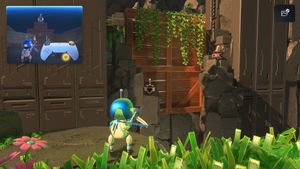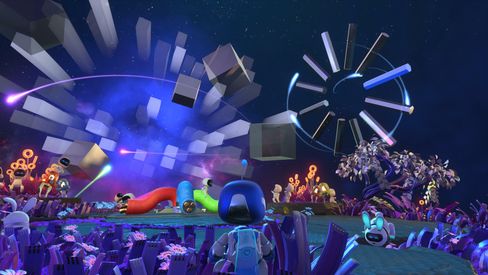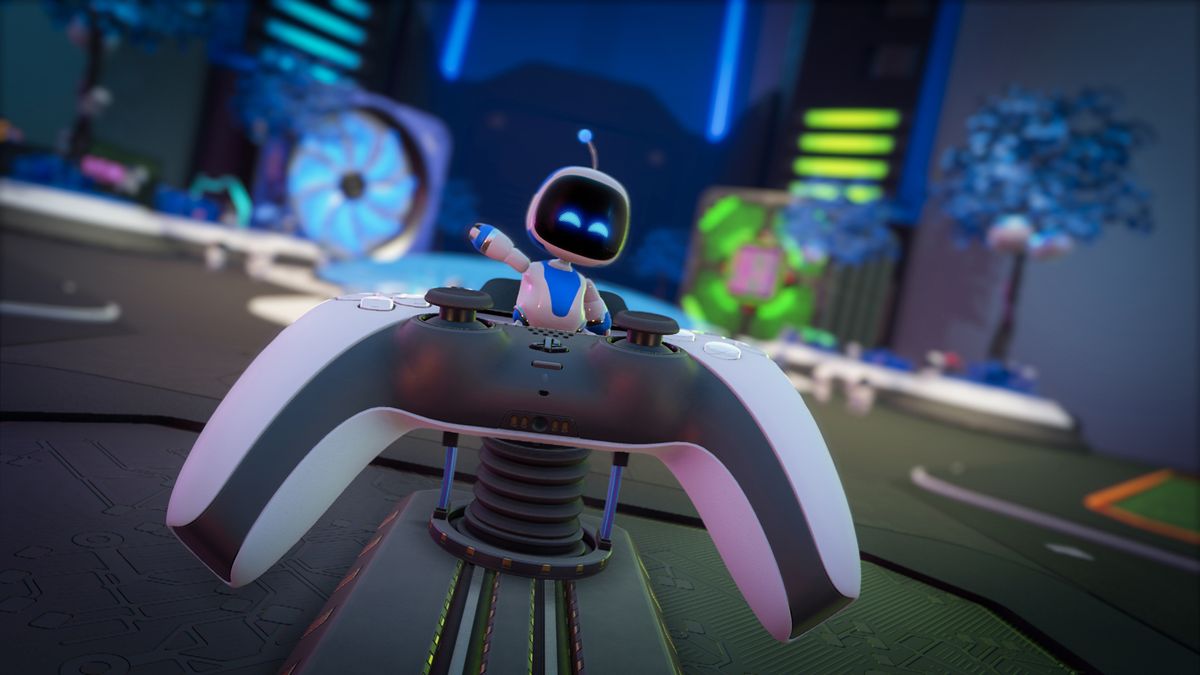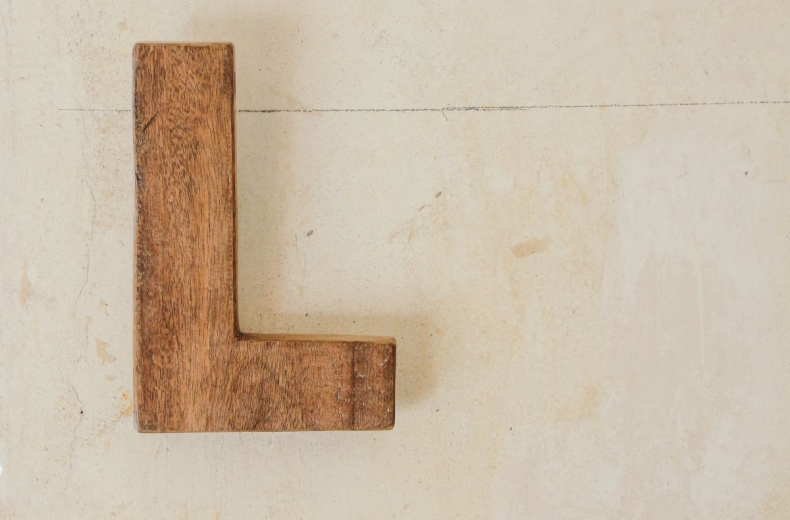In 2018, Sony’s Asobi Team released a platform game called Astro Bot Rescue Mission for PlayStation VR. And while it may not have managed to take the limelight from the heavyweights that year, it did manage to garner a spot in all the critics and VR enthusiasts who gave it a try. It won several awards for best VR game, and received a pat on the back from the reviewers.
With that in mind, it’s perhaps no wonder that Sony has given the team the responsibility of creating a platform game to demonstrate the functionality of the new controller, DualSense. But since the game comes free when you buy a PlayStation 5, I suspected that it was a quick and easy demonstration that would not deliver more than 20 minutes of tinkering.
Instead, the little “tech demo” has enough soul, new gimmicks and content to captivate through the three hours it lasts.
ALSO READ: Our review of Spider-Man: Miles Morales for PlayStation 5 »
A controller we have not seen before
Astro’s Playroom is described as a sequel to the VR favorite, and although spectacle gaming is not available this time, there are many similarities. You play again as Astro Bot, in a platform game where you jump and soar over bottomless depths and slap down enemies. The game is divided between four different track areas, all of which play on the internal food in consoles. Here you will go through GPU Jungle, whiz across SSD Speedway, refresh yourself in Cooling Springs, and scroll through Memory Meadow. And the hub area that binds all the parts together is of course CPU Plaza.
As a platform game, it is surprisingly skilled, with good responsive controls despite a slightly limited range of motion. It is still taken to a new level when you get over the parts of the boards that are designed to take advantage of DualSense features. For there is no doubt that Astro’s Playroom will first and foremost demonstrate how the new PlayStation 5 controller is packed with new and exciting functionality.
Astro Bot jumps in some lanes into one of four different suits, you then pull the zipper on the suit up (physically, by flicking up on the touch surface, while you feel every single zipper button as vibration in the controller), and then the controller options change to something completely new.
In one of the courses, you jump sideways like a spring, which is charged by pressing the shoulder buttons. As you push it in, you feel the shoulder button gradually provide more resistance and increased vibration intensity, while the controller’s small speakers make small spring sounds. If you tilt the controller to the left or right, you both feel and hear the suspension bend. It is extremely detailed at a level we have not seen with a controller before.


In another board, you jump into a suit that turns you into a climbing monkey. To control the monkey, use the shoulder buttons that grip from ceiling to ceiling again, and raise your arms by lifting on the left or right side of the controller. As you grab a hold, you feel a trick, and less resistance in the shoulder button. And on some parts of the trail, the roofs are so loose that you have to feel for this trick to stop the shoulder button halfway – otherwise you fall off the trail.
This is the point of Astro’s Playroom: to show you how detailed the DualSense controller can be. Raindrops that fall on an umbrella give extremely small vibrations, and small sounds from the speakers; wide throw from the left causes the controller to gradually vibrate more on the left side than the right side, increasing and decreasing in intensity; Future cars whizzing past you give an impression of the lifting pressure you would have known if it were for real. The game is packed with such small, detailed and narrow effects.
Nostalgibombe

As a game, the goal is still to collect coins, puzzle pieces, and artifacts that are more or less hidden in the 16 parts that are distributed between the four boards. And this is where Astro’s Playroom most honors the PlayStation story from 1994 until now.
All the artifacts found are 3D models of PlayStation consoles or PlayStation equipment. Do you remember Multitap? Or the network adapter for PlayStation 2? These, and many more, you can collect, and hive in the central hub area that is between the four boards. At the same time, a large mural is being built of the puzzle pieces, which are filled with PlayStation history for each piece you find. The coins you collect can be used in a separate one-armed bandit, where you get collectibles, puzzle pieces or artifacts served capsules.
Even inside the tracks, Astro’s Playroom plays on the nostalgia – almost all the other Astro characters recreate different iconic scenes and things from a wealth of PlayStation games. There are plenty of well-known and lesser-known references here.
Conclusion

Astro’s Playroom may not be something you would have bought at full price, but as a baked-in game it offers much more than we expected in advance. As a “tech demo” it delivers – as a platform game it is probably a bit scarce, but still worth a lift ride.
The main goal is obviously to demonstrate how detailed the DualSense controller can be, which the three-hour platform game manages with brilliance. But even if we ignore it, the game has enough variety to offer something that is a bit simple, but above average, platform game.
For those of us who have immersed ourselves in the gaming world for the past 30 years, the game is a nostalgia bomb of PlayStation references and history. In that sense, it is a tribute to PlayStation’s place in the gaming landscape that is worth experiencing if one is above average interested in the hobby. It’s a bit of a shame that the music alternates between being overly flashy and giving nostalgia injections, but in the end it’s a little monkey.
DualSense functionality is still the star here, and with Astro’s Playroom, Sony is well demonstrating what the controller can do to offer a new level of empathy. The question is whether the rest of the developer team picks up the tab further, and develops strong concepts that not only become ragged, but that manage to build on the basis that is demonstrated.
We have also tested the PlayStation 5, and are very positive about the new console. Read our PlayStation 5 test »
– .


